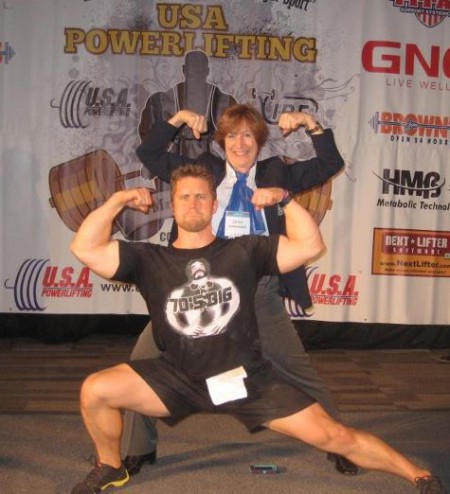This is a slightly edited version of the introduction to my new book, “Paleo for Lifters”. It will be available very soon.
The history of nutrition and strength training has roots in hearty caloric-dense meals – with good reason. Strength training places a toll on the body that requires adequate amounts of protein, carbohydrates, and fat. There are stories from strength training legends that talk about how young, hard training men would go to the local diner for cheese burgers and milk shakes to recover from training. Other stories detail the amount of eggs, milk, cream, ice cream, and protein powder that they would throw into their shakes. This is what was necessary to get bigger and stronger, so that’s what you should do too. Right?
The old school nutritional paradigm is based on the misconception that dirty foods are the only foods that can help someone gain muscle and get stronger. The mindset probably evolved from the stories told in powerlifting magazines of super heavyweights. After all, the heaviest guys are the strongest guys, so their dietary habits are naturally highlighted. While a lifter like Lamar Gant is impressive, his 688lb deadlift at 132lbs pales in comparison to Bill Kazmeir’s 886.7lb raw deadlift at a body weight of over 300lbs. Furthermore, the impressive eating stories printed in strength training literature typically highlight young men during pubescent training. Teenagers and young adults have fiery metabolisms due to their high testosterone levels and are able to convert massive amounts of calories into solid muscular gain.
Every adult in Western society soon finds out that their teenage eating habits will result in fat accumulation through each aging decade. When people get old, their metabolisms slow and their body adapts to stress slower. “Body fat is 90% diet,” is a common phrase that has risen from trainees that are disappointed with their body composition despite hard training in the gym. Lean, athletic physiques require a lot of effort and will power.
Quality food doesn’t just yield a lean physique; it plays a role in how efficiently the body works. There will always be new fad diets that claim to lose weight quickly and easily – nutrition is a habit that is extremely difficult to change and capitalizing on laziness funnels money to pseudo-nutritionists. There have been huge nutritional advances in the last two decades that are yet to permeate mainstream nutritional and fitness knowledge. It’s possible to combine the lessons from unconventional nutrition knowledge with strength and conditioning to have an efficient dietary approach that will provide enough calories for recovery and gaining muscle without superfluous fat gain. Paleo for Lifters — a new book I have been working on that will be out very soon — will show how to do this in a variety of scenarios with guidelines.
Please voice any concerns or questions you have about trainees, athletes, and lifters using the Paleo diet as a nutritional foundation to achieve their goals.




